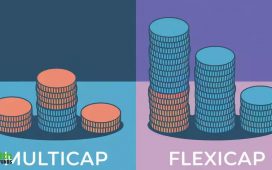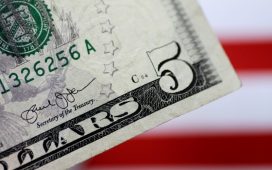Job gains took place in sectors including leisure and hospitality, government, healthcare, professional, scientific and technical services, and social assistance.
Federal Reserve opts to leave rates unchanged but maintains hawkish stance
The rise was above the average monthly gain of 267,000 over the12 months prior, and higher than the 170,000 expected by the market.
Yet the US unemployment rate in September remained unchanged at 3.8% – representing 6.4 million people, the BLS noted.
Richard Flynn, managing director at Charles Schwab UK, said the latest figures showed a healthy level of demand in the US labour market, especially considering that job growth has been a driver of economic resilience of late, balancing out weaknesses in housing and consumer goods.
He added: “The strong figures released today should help to keep fears of recession at bay and offer optimism for economic sectors that are likely on their way to stability.”
Hetal Mehta, head of economic research at St James’s Place, noted the market had factored in a rise almost half of what the latest figures showed, making it the highest level since January 2023.
US inflation jumps to 3.7% in August due to gasoline price spike
But she did not share the same optimism as Flynn, due to there being still too many job openings: “When we zoom out, we can still see evidence of an improvement in the labour market imbalance, but today’s print underscores the slow progress; the US still has far more job openings than it has people looking for work. This is clearly inconsistent with what the Fed requires to get inflation down, let alone signal rate cuts.”
Neil Birrell, Premier Miton CIO and lead manager of the Premier Miton Diversified Growth funds, agreed with Mehta, noting the Fed will have a hard time figuring out its monetary policy path over the next couple of months.
“This employment data release was important in several ways, not just in giving us a clue as to the strength of the economy, but perhaps more to where bond yields and equity markets might be heading,” he said.
“Payrolls beat estimates by a big margin; the economy looks hot and the ‘higher for longer’ narrative will probably switch back to simply ‘higher’. That is likely to send bonds and equities lower. This will give the Fed a headache and the rest of us plenty to think about; the US economy is showing its resilience yet again.”











